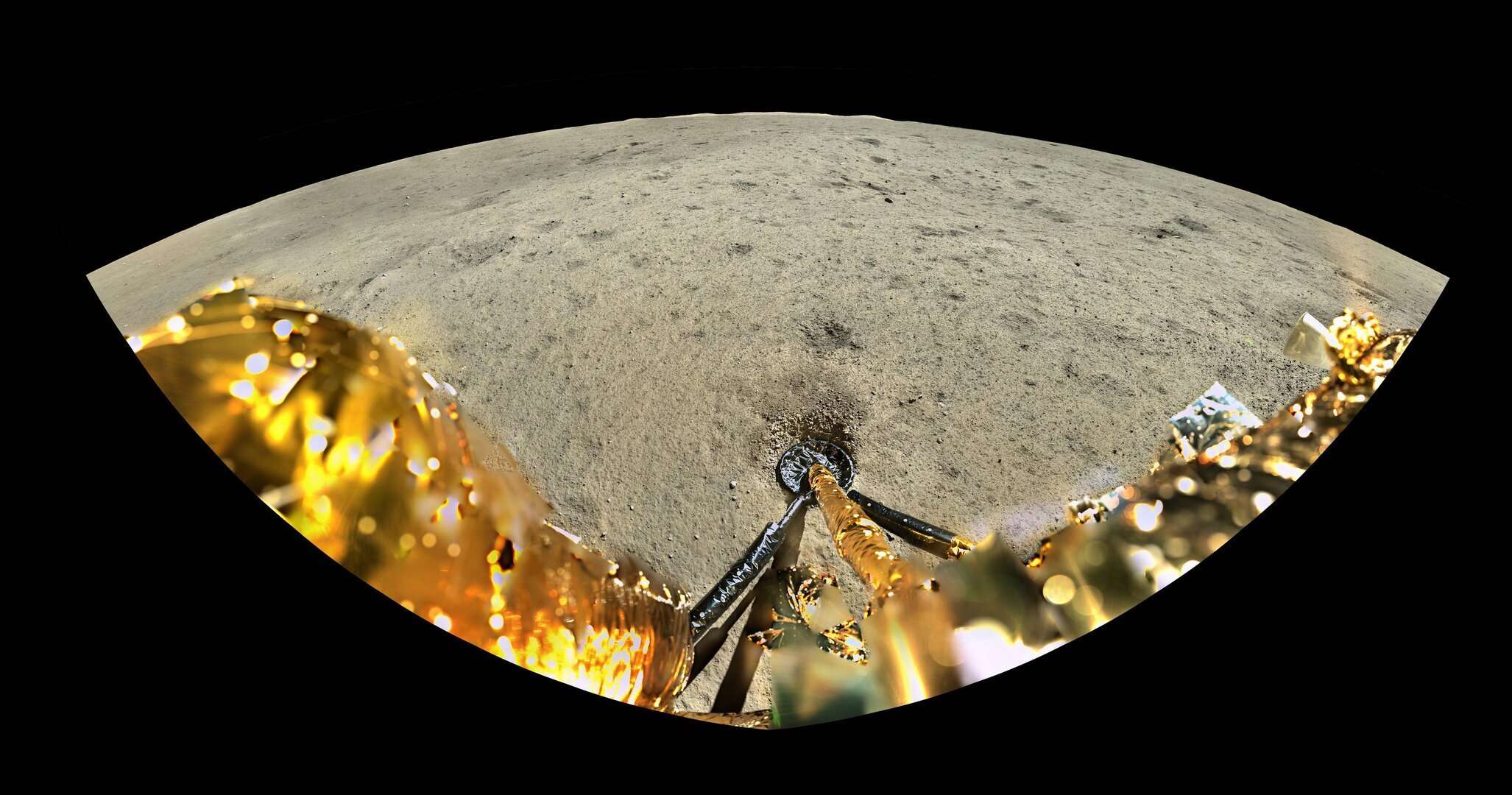7.06.2024

The first ESA instrument to land on the Moon has detected the presence of negative ions on the lunar surface produced through interactions with the solar wind.
The European team working with the Negative Ions at the Lunar Surface (NILS) instrument confirmed the success of this scientific mission that flew to the far side of the Moon aboard the Chang’e-6 spacecraft.
The discovery of a new component of plasma at the surface of the Moon opens a new window for space physics and for human and robotic missions in an era of renewed lunar exploration.
Mission of firsts
The first negative ion detector on the Moon operated intermittently to collect over three hours of data – three times more than what the science teams needed for mission success. This was the first time ESA has produced scientific data at the lunar surface.

“This was ESA’s first activity on the surface of the Moon, a world-first scientifically, and a first lunar cooperation with China. We have collected an amount and quality of data far beyond our expectations,” says Neil Melville, ESA’s technical officer for the experiment built by the Swedish Institute of Space Physics (IRF).
Negative ions – the missing piece
The solar wind is a constant flow of radiation and particles from the Sun. Earth’s magnetic field acts as a shield. In contrast, the Moon has no magnetic field and a very tenuous atmosphere, called the exosphere. When the solar wind hits the Moon, the surface reacts, kicking up secondary particles.

These particles may be positively or negatively charged or have no charge at all. While the positively charged particles have been measured from orbit before, measuring negative particles was a challenge.
Negative ions are short-lived and cannot make it to orbit. This is why the European scientists needed to operate their instrument close to the lunar surface – an unprecedented mission for a particle detector.
“These observations on the Moon will help us better understand the surface environment and act as a pathfinder to explore negative ion populations in other airless bodies in the Solar System, from planets to asteroids and other moons,” explains Martin Wieser, NILS principal investigator at IRF.
An ecstatic science team is already working on high-level research publications to share the findings. These measurements and the instrumentation used may have applications for further investigations of the lunar environment.
Two days on the Moon for a European experiment
Chang’e-6 landed successfully in a huge crater of the far side of the Moon known as the South Pole-Aitken Basin on 1 June 2024 at 23:23 BST (2 June 00:23 CEST).
The NILS team analysed the parameters of the landing position (coordinates 153.99°W, 41.64°S), attitude, angle of the Sun and temperatures and requested to activate the instrument about four hours after touchdown.

NILS started to collect science data 280 minutes after landing. The first data collection period lasted for 23 minutes, until the instrument reverted to low voltage. A few more rounds of data collection followed between communications blackouts and reboots.
“We were alternating between short bursts of full-power and long cooling-off periods because the instrument was heating up. The fact that it stayed within its thermal design limits and managed to recover under extremely hot conditions is a testament to the quality of the work done by the Swedish Institute of Space Physics,” says Neil.
NILS was switched off at 15:20 BST/16:20 CEST on 3 June 2024.
Tracking from Earth

European ground stations are providing support to the Chang’e-6 mission on its way to the Moon and back. Shortly after the launch from China on 3 May 2024, ESA’s Kourou station in French Guiana tracked the spacecraft for several hours to confirm its orbit.
Around 25 June, ESA will catch signals from the spacecraft as it returns to Earth loaded with lunar samples using the Maspalomas station, operated by the Instituto Nacional de Técnica Aerospacial (INTA) in Gran Canaria, Spain.
Quelle: ESA
